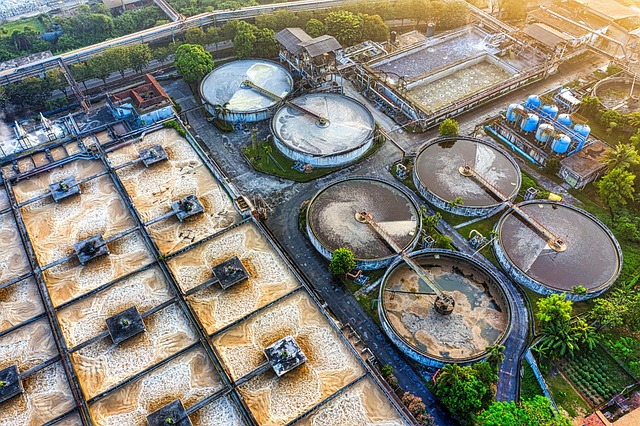A Comprehensive Guide to Water Storage Tanks: Types, Selection, and Maintenance
Water storage tanks play a vital role in residential, agricultural, and commercial applications, providing reliable water access and emergency reserves. Understanding the different types, selection criteria, and maintenance requirements is crucial for maximizing their effectiveness and longevity. This comprehensive guide explores everything you need to know about water storage tanks and their modern applications.

Types of Water Storage Tanks and Their Ideal Applications
Water storage tanks come in various materials, each suited for specific uses. Plastic tanks, typically made from polyethylene, offer excellent corrosion resistance and are ideal for residential use. Steel tanks provide superior durability and are perfect for industrial applications requiring large storage capacity. Concrete tanks, while more permanent, excel in underground installations and large-scale water storage for agricultural purposes. Each material has unique benefits, with plastic offering affordability and easy installation, steel providing strength and longevity, and concrete delivering permanent, stable storage solutions.
Selecting the Right Tank Size and Material
Choosing the appropriate tank involves considering several key factors. Calculate your daily water usage requirements and factor in additional capacity for emergencies. For residential use, a minimum of 1,500-2,000 gallons is recommended for a family of four. Consider local climate conditions, available space, and installation location. Above-ground installations typically work well with plastic or steel tanks, while underground storage may require concrete construction. The tank’s placement should allow for easy maintenance access and proper foundation support.
Essential Maintenance Tips for Water Storage Systems
Regular maintenance ensures water quality and system longevity. Implement these key practices:
-
Inspect tanks quarterly for cracks, leaks, or damage
-
Clean tanks annually to prevent sediment buildup
-
Test water quality every six months
-
Check and maintain proper ventilation systems
-
Verify that overflow mechanisms are functioning correctly
-
Keep surrounding areas clear of debris and vegetation
Smart Water Storage Solutions and Modern Trends
The water storage industry is embracing technology with innovative solutions. Smart monitoring systems now allow real-time tracking of water levels, quality parameters, and system performance. Rainwater harvesting systems are becoming increasingly sophisticated, incorporating filtration technologies and automated collection methods. Modern tanks feature improved UV protection, antimicrobial properties, and enhanced structural designs for better efficiency and longevity.
Benefits of Water Storage Tanks Across Different Applications
Water storage tanks offer numerous advantages:
| Application | Primary Benefits | Key Features |
|---|---|---|
| Residential | Emergency backup, utility savings | 1,000-5,000 gallon capacity, UV protection |
| Agricultural | Irrigation reliability, cost reduction | 10,000+ gallon capacity, durability |
| Commercial | Business continuity, compliance | Custom sizes, monitoring systems |
Prices, rates, or cost estimates mentioned in this article are based on the latest available information but may change over time. Independent research is advised before making financial decisions.
Maintenance and Installation Considerations
Proper installation and ongoing maintenance significantly impact tank performance. Consider professional installation for larger systems, especially when dealing with concrete or steel tanks. Establish a regular maintenance schedule and keep detailed records of inspections and repairs. For optimal performance, ensure proper foundation preparation, level installation, and appropriate connection to existing water systems.
Water storage tanks represent a crucial investment in water security and resource management. By understanding the various options available and maintaining them properly, users can ensure reliable water access while maximizing their system’s lifespan and efficiency.




